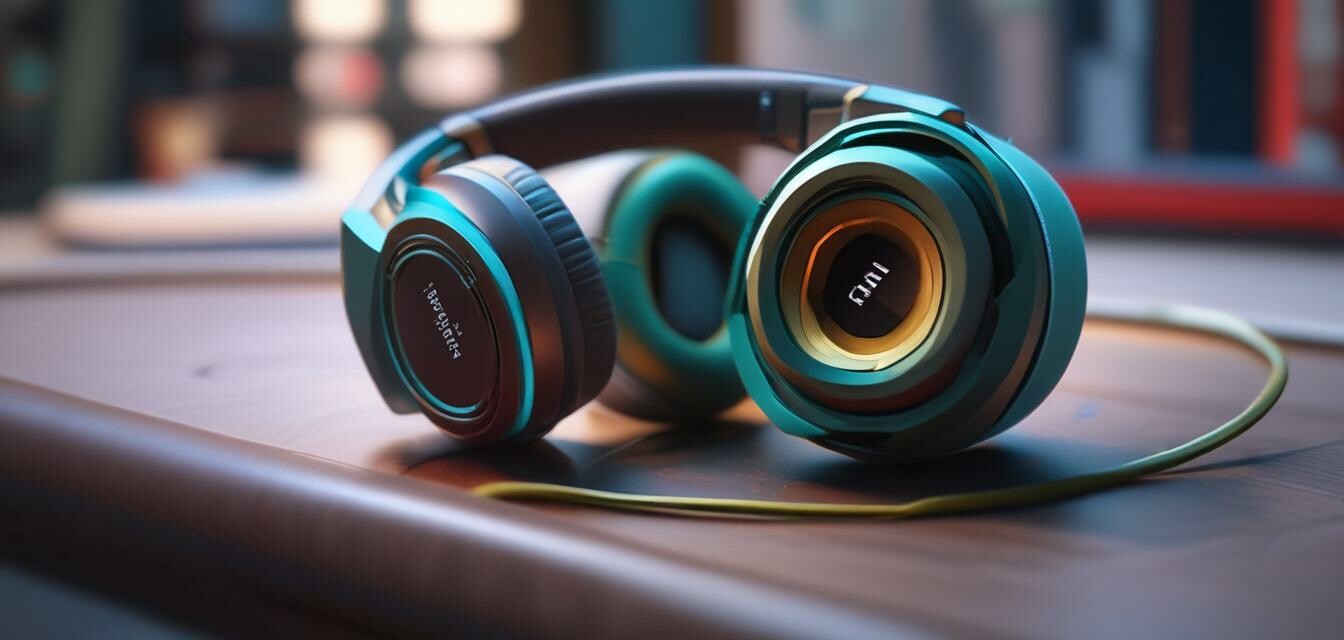
Audiophile headphones are going smart: What to expect
Key Takeaways
- Integration of smart technology is transforming audiophile headphones.
- Expect advancements like voice assistants, touch controls, and customizable sound profiles.
- New features lead to an enhanced listening experience and convenience for users.
- Keep an eye on evolving trends and innovations in the industry.
The landscape of audiophile headphones is rapidly changing, with a surge in interest towards smart technology integration. This trend reflects a broader shift in the tech industry, where functionality and user experience converge to create products that are not only high-quality but also smart and beneficial for everyday use. In this article, we will delve into the integration of smart technology in audiophile headphones and what it means for the future of audio.
The rise of smart audiophile headphones
Smart audiophile headphones are making waves in the market, as both audiophiles and casual listeners alike seek out enhanced listening experiences. With high-quality sound being the primary focus, integrating smart features into headphones offers consumers added convenience and capabilities.
Market trends
As technology advances, we are witnessing significant trends in the headphone market:
| Trend | Description |
|---|---|
| Voice Assistants | Many headphones now support voice-activated assistants like Siri, Alexa, and Google Assistant. |
| Touch Controls | Users can control playback, volume, and calls with simple taps and swipes on their headphones. |
| Active Noise Cancellation | Advanced technology allows for customizable noise cancellation settings based on environment. |
| Customizable Sound Profiles | Users can adjust sound settings to suit their preferences or the genre of music being played. |
| Wireless Connectivity | Bluetooth advancements have led to stable connections and improved audio quality. |
Smart features that enhance audio experiences
Smart headphones are designed with features aimed at enhancing the overall user experience. Below, we outline some notable innovations:
- Adaptive EQ: Automatically adjusts audio to fit your personal hearing profile.
- Transparency Mode: Allows ambient sound to come through when needed, keeping users aware of their surroundings.
- Health Monitoring: Some models are beginning to integrate biometric sensors to track heart rate and other metric data.
- Gaming Modes: Features specifically designed for gamers, reducing latency for a more immersive experience.
Industry impact and consumer preferences
The rapid integration of smart technology in audiophile headphones directly influences consumer preferences. As people become more accustomed to smart features in various devices, their expectations rise for audio products as well.
In fact, the ability to control headphones using simple voice commands or touch interactions is becoming a key selling point. According to recent data, audio quality still ranks highly among consumers, but convenience, integration with other devices, and ease of use are becoming equally important factors.
Challenges of integrating smart technology
While the benefits of smart headphones are evident, several challenges must be addressed:
- Battery Life: More features generally mean increased battery drain; manufacturers strive to balance performance with longevity.
- Sound Quality: Ensuring that the inclusion of smart technology does not compromise audio fidelity is critical.
- User Experience: Developing intuitive controls that enhance rather than complicate usability must remain a priority.
Pros
- Enhanced user experience with smart features.
- Improved accessibility for diverse users.
- Integration with other smart devices and ecosystems.
- Custom sound settings tailored to personal preferences.
Cons
- Potentially higher prices for smart models.
- Battery life challenges with power-consuming technologies.
- Learning curve associated with new features.
The future of audiophile headphones
As advancements continue to shape the headphone market, the future looks promising for audiophiles seeking smart integration without sacrificing audio quality. Brands are likely to focus on research and development to harness new technologies, create even better sound profiles, and improve user interaction.
To stay updated with the latest advancements in this domain, you must keep an eye on our Industry News and Trends section, where we cover cutting-edge technologies emerging in the market. The evolution of smart audiophile headphones opens up exciting possibilities that can redefine the way we experience music.
In conclusion, the integration of smart technology into audiophile headphones is just the beginning of a dynamic shift in the audio industry. As manufacturers continue to innovate, audiophiles can expect a new era of enhanced audio experiences tailored to their unique preferences.